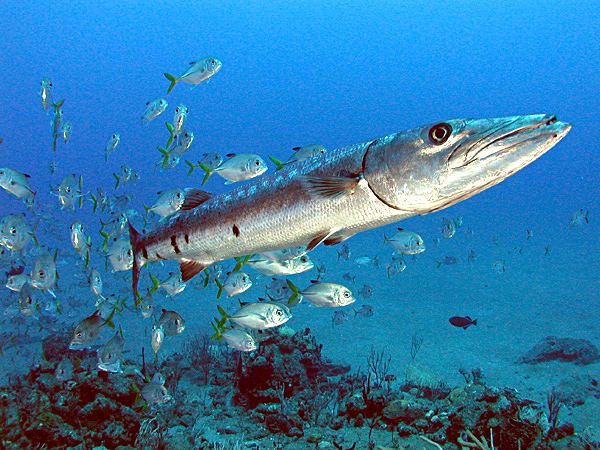 | ||
Fish measurement is the measuring of the length of individual fish and of various parts of their anatomy. These data are used in many areas of ichthyology, including taxonomy and fisheries biology.
Contents
Overall length
Standard length measurements are used with Teleostei (most bony fish), while total length measurements are used with Myxini (hagfish), Petromyzontiformes (lampreys), and (usually) Elasmobranchii (sharks and rays), as well as some other fishes.
Total length measurements are used in slot limit and minimum landing size regulations.
In addition, fishery biologists often use a third measure in fishes with forked tails:
Other measurements
Other measurements that may be taken include the lengths of various fins, the lengths of fin bases, the length from the snout to various points on the body, and the diameter of the eye.
